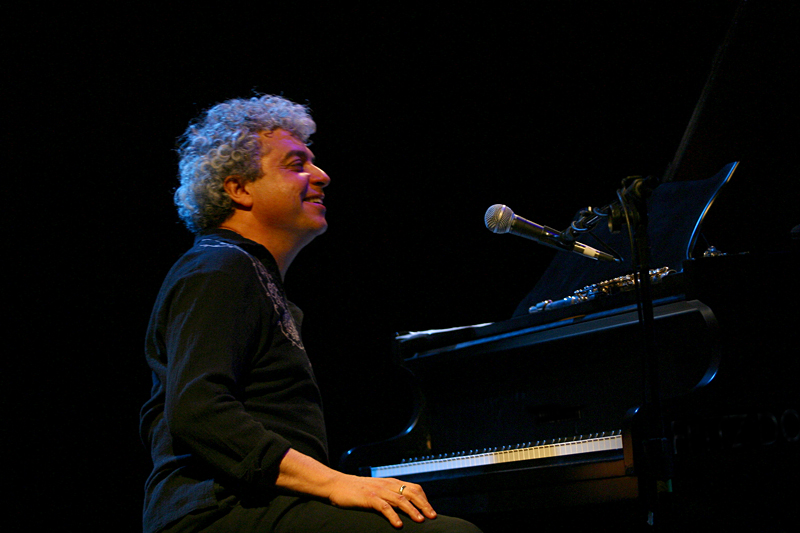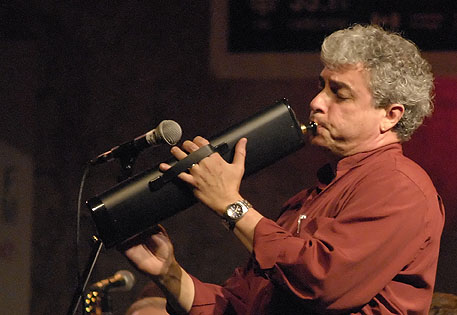
Tuomo Uusitalo
Tuomo is an award-winning pianist, composer, arranger and educator. Having released two albums as a leader, he has established himself in the New York jazz scene and continues touring internationally both as a leader as well as sideman.
Live Seminar Resources
Live Seminar Resources
PDF Downloads
- Swing Feel - Seminar Handout
Join PianoGroove Pro to access all downloads and learning resources.
Download theory supplements, midi files, chord changes and full note-for-note transcriptions of every lesson.
- Bye Bye Blackbird Transcription
Join PianoGroove Pro to access all downloads and learning resources.
Download theory supplements, midi files, chord changes and full note-for-note transcriptions of every lesson.
Seminar Description
Seminar Description
Mastering Jazz Rhythm & Swing Feel
Welcome to this seminar on rhythm, swing feel, and the fundamentals of groove in jazz. Rhythm is the foundation of all music, and in jazz, the way we approach time and feel is essential for creating a compelling performance. In this lesson, we explore how to develop a strong rhythmic feel, understand swing, and apply these concepts in your playing.
Understanding Swing Feel
Swing is more than just playing notes with a triplet subdivision—it’s an organic, flexible feel that evolves with experience. Many players are taught that swing eighth notes are played as triplets, but in reality, swing is much more nuanced. The key to developing an authentic swing feel is extensive listening to great jazz recordings and internalizing the rhythmic phrasing of master musicians.
The Evolution of Swing
Throughout jazz history, the approach to swing has changed. Early jazz pianists like Fats Waller had a more rigid, "bouncy" swing feel, whereas players like Lester Young and Wynton Kelly used a smoother, more laid-back phrasing. By listening to these different approaches, we can better understand how swing has evolved and how to incorporate different rhythmic styles into our playing.
The Role of Syncopation
Syncopation is a fundamental aspect of jazz rhythm. It involves emphasizing the offbeats, which creates a sense of forward motion and excitement. In jazz, this is often achieved by accenting the "ands" of the beat or by delaying notes slightly to create a more relaxed feel.
Practicing Swing & Groove
To develop a strong swing feel, focus on the following exercises:
- Listen & Imitate: Spend hours listening to jazz recordings and try to imitate the phrasing and articulation of great players.
- Practice Straight Eighth Notes First: If you can’t play straight eighths cleanly and in time, your swing feel will suffer.
- Use Accents to Create Swing: Emphasize the offbeats (e.g., the “and” of each beat) to naturally shape your phrasing.
- Experiment with Timing: Try playing slightly ahead or behind the beat while keeping the time steady.
- Work with a Metronome & Play Along with Records: Practicing with a metronome at slow tempos helps solidify rhythmic control, and playing along with recordings helps absorb the feel of swing naturally.
Conclusion
Developing a strong swing feel takes time, patience, and a lot of listening. There’s no shortcut—only immersion in the music and focused practice will help you internalize jazz rhythm. Explore recordings of different eras, play with musicians, and focus on keeping your time feel strong and consistent. The more you refine your rhythmic approach, the more naturally your swing feel will develop.
5 Practice Tips for Developing Swing Feel:
- Listen to Great Swing Players – Absorb the phrasing of jazz legends like Lester Young, Wynton Kelly, and Red Garland.
- Practice Straight Eighths First – Mastering straight eighths will help you transition into swing naturally.
- Use Accent Patterns – Emphasizing the offbeats helps to shape the groove and create forward motion.
- Think in Triplets While Playing Straight – Many jazz musicians mentally subdivide beats into triplets to maintain a swinging feel.
- Play Along with Recordings – This is one of the best ways to internalize the rhythm and feel of swing.
By applying these principles, you’ll develop a deeper understanding of jazz rhythm and be able to swing with confidence and authenticity. Keep practicing, listening, and experimenting, and your groove will become second nature!







Great seminar Tuomo thank you so much.. Can you post a link to the material I am having problem finding it on the community page?
Thanks,
Steve
Hi Steve,
Thanks for letting me know – the PDFs should have been added after the seminar.
I have just uploaded the files – please see the “Seminar Resources” directly under the video and you will see 2 PDFs listed there.
Please let me know if I can help further.
Talk soon,
Hayden